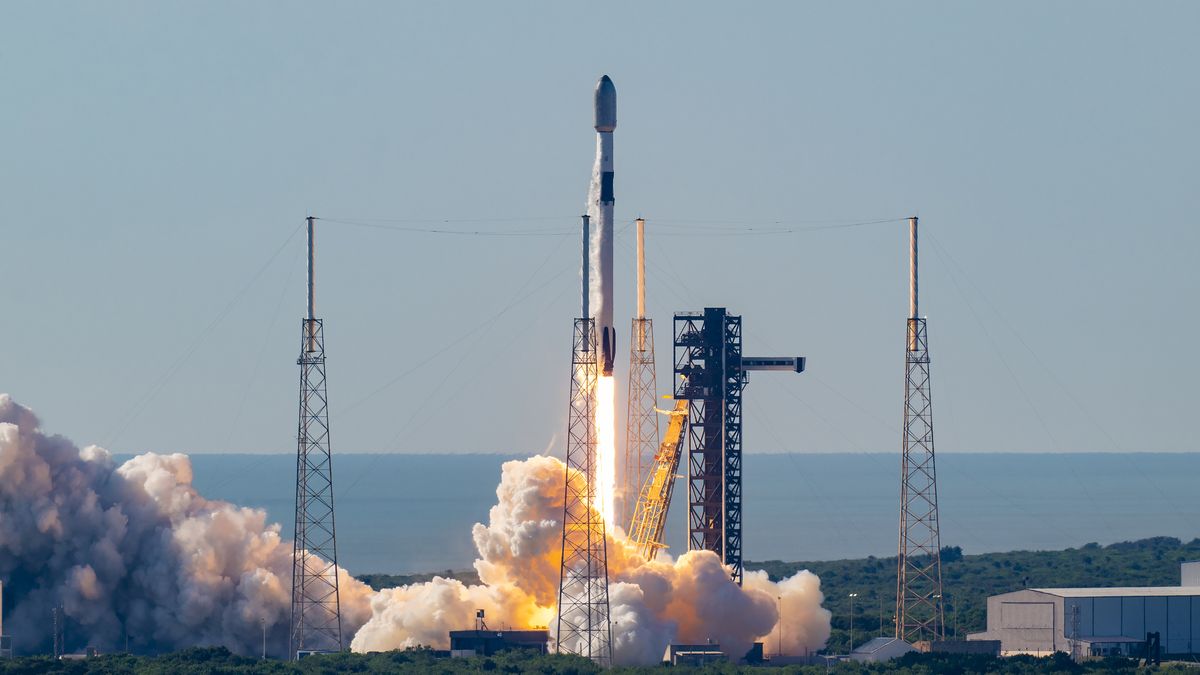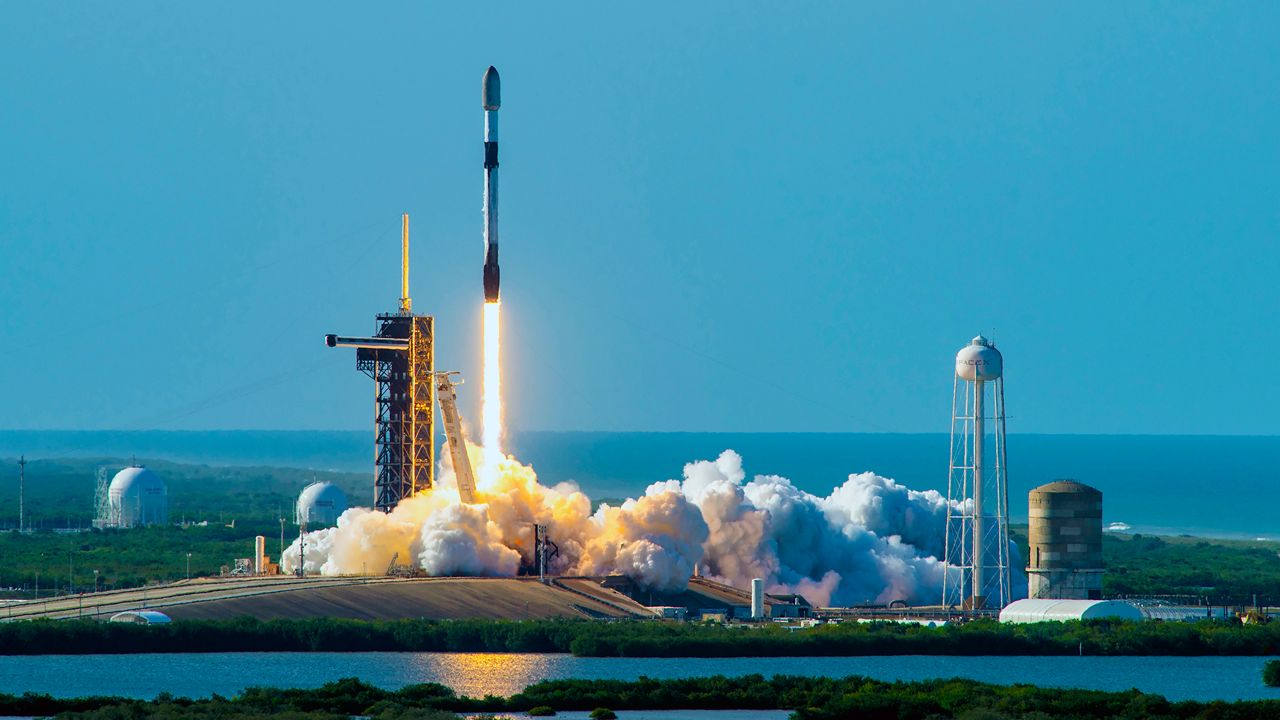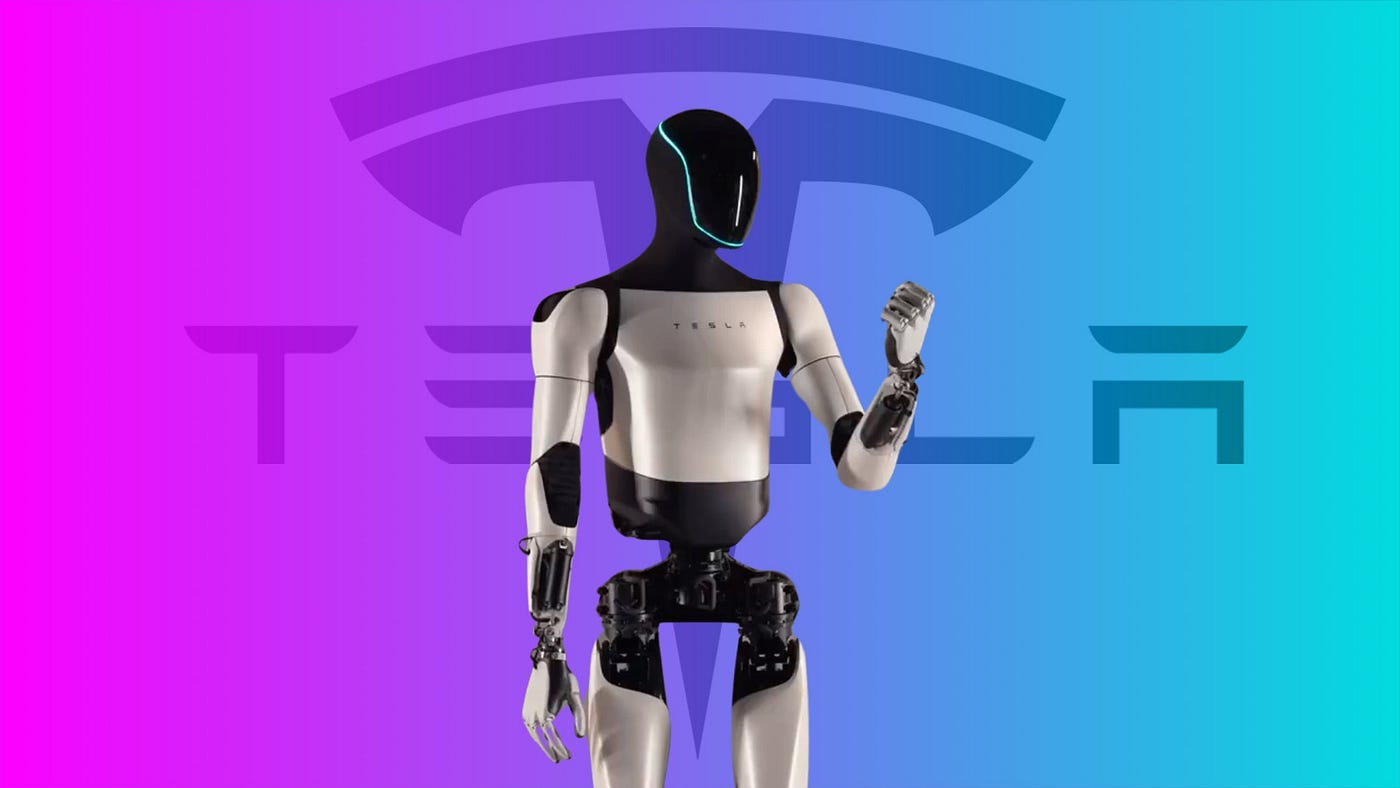On a mission to revolutionize global internet connectivity, SpaceX continues its relentless pursuit of establishing a megaconstellation in low Earth orbit (LEO) with its latest launch of 22 Starlink satellites. This milestone marks yet another successful deployment, further solidifying SpaceX’s leadership in space innovation and satellite technology. The ambitious Starlink project aims to provide high-speed, low-latency broadband internet to underserved and remote areas worldwide, bridging the digital divide and transforming the way people connect online. This article delves into the details of this recent launch, the significance of the Starlink constellation, and SpaceX’s broader vision for the future of global communications.
The Strategic Importance of Starlink Satellites
On Sunday night, SpaceX helped achieve an intermediary milestone when it lofted 22 satellites that will serve its overall goal of launching thousands of internet-beaming Starlinks into orbit. The thrusters of the Falcon 9 rocket could be seen from Thermal, while the reusable half of the rocket landed on a nearby platform. The satellites will join others in a network that rings the globe at about 180 miles up, a relatively low orbit when it comes to space travel. This technology continues to get more powerful. With the bulk of humanity having only just claimed the low-earth orbit when Yuri Gagarin journeyed there in his Vostok, it should be surprising that we already have the capability to beam the internet from space. But the demand is pulling ahead of the available technology, and humanity is quickly catching up. Starlink’s vision is to service places where other infrastructure doesn’t reach. About 3.5 billion people would have better access to the internet if they had access to broadband satellites like Starlink.
Furthermore, there is a strong element of technological repurposing here. Besides making the internet available to new users, SpaceX is also making the internet faster, by exploiting the fact that Starlink satellites in low Earth orbit offer a significantly reduced latency (the lag time for data to travel between a user and a satellite) that far outperforms anything else available to consumers today. For the many internet-based applications that require fast data transfer, such as online gaming, video conferencing and remote work, decreasing latency is a major positive. Achievements such as these are setting new benchmarks for what we expect from our internet service providers.
Technological Advancements in SpaceX’s Starlink Program
SpaceX has proved to push the innovation technology envelope faster than ever for its Starlink satellite programme as every new batch of satellites launched shows incremental changes and improvements – more efficient solar panels, better propulsion, etc. These are the satellites we just launched to do exactly these things – recent tech upgrades make the satellites even more autonomous and efficient with their communications with ground be instrumental in keeping the satellite system healthy and operational at scale to meet rapidly growing connectivity demands.
There have been incremental improvements to the hardware, as well. Particularly in the software that ‘flys’ the Starlink satellites, with sophisticated algorithms and machine learning find the optimal orbit for any individual satellite within a group, keeping the network of satellites in a stable arrangement that’s also collision-free. Within this innovation record of SpaceX’s Starlink programme, it is clear that the company isn’t just developing technology that enables the deployment of thousands of satellites in orbit – they are also innovating each of those satellites out of the box and beyond, leaving no potential efficiency or improvement left untapped.
The Launch Process: Precision and Efficiency
22 Starlink satellites aboard a Falcon 9 rocket. Photo: SpaceX.The launch of 22 Starlink satellites is a complex operation that necessitates precision in all aspects of planning and execution. It is SpaceX’s capacity to launch multiple satellites per flight that requires special precision at all stages of the launch and deployment system. At the beginning of the launch sequence, the Falcon 9 rocket played a vital role in boosting the satellites in the first leg of their trip into space. Touted for its ability to recycle its first stage, the reusable launch vehicle (RLV) is a significant disruptive technology in reducing the cost of launch missions. Such affordability is central to SpaceX’s successful strategy of increasing the pace of satellite launches, leading to the acceleration of the Starlink constellation.
The process of deploying the satellites in orbit after launch is just as complex. After the Falcon 9 reaches its target orbit, the satellites are released in succession so that they’re evenly spaced from each other, so that they don’t interfere with each others’ orbits as they skim Earth’s atmosphere. SpaceX has state-of-the-art tracking and control systems to monitor the entire process in real time as it happens and make adjustments if necessary. This is vitally important in order to maintain the integrity of the network, and ensure that, once the satellites are deployed, each of them can get down to ‘work’.
Global Impact of Starlink on Internet Connectivity
The real impact of Starlink is being felt around the globe and thousands of users around the world have been benefitting from the satellite-based internet. Starlink is mainly valuable to those users where traditional internet infrastructure is absent or unreliable and there is no scope of providing high-quality broadband services. There are vast areas in the world where placing fibre optic cables will be too expensive, making satellite-based Starlink an ideal connectivity alternative. Starlink is not just br divide, it is also helping economic growth in such neglected areas.
In addition, Starlink’s global coverage will facilitate the advent of new industries by bringing certainty of internet access to areas which have not previously been able to benefit. The maritime and commercial aviation industries can be radically altered as they can enjoy uninterrupted connectivity in the middle of the ocean or on a transcontinental flight, allowing for real-time data transmission, remote control and improved communication across the world. And it would not be individuals who would benefit but whole sectors which could be transformed by the access to Starlink’s global mesh network.
Challenges and Criticisms of the Starlink Project
In addition to its many advantages, the St faced a number of challenges and objections. One is the issue of space debris. As there are already thousands of satellites in orbit and plans for many thousands more, the probability of two objects colliding with each other grows – and so does the possibility of creating more space debris. SpaceX has developed both autonomous collision avoidance systems for the satellites, and designed the Starlink satellites to burn up completely into Earth’s atmosphere should they never deorbit. But there are already valid worries over the long-term sustainability of such large-scale satellite deployments.
But there’s an astronomical issue as well. The satellites are reflective, and they’ve already caused some serious problems for astronomers. The bright spots cast by Starlink’s satellites have complicated some space-based observations. ‘I’ve heard from friends that they really do make astronomy more difficult,’ says Jane Rigby, a space telescope scientist at NASA’s Goddard Space Flight Center in Maryland. ‘They are very bright, and astronomers want a dark sky.’ In response, SpaceX designed the sunshades for its satellites to make them even darker. ‘It does show that a lot of thought went into this,’ says Rigby.
Future Prospects of the Starlink Program
The future is bright but distant for the Starlink programme. SpaceX wants to launch more satellites at even faster rates as it aims for near-global Internet connectivity by the end of the decade, joining billions of people to the information superhighway. If Starlink succeeds, and billionaires, governments and investors can see the spectacular possibilities that resulted from making low-orbit space congested with technology and trash, other companies will join in to continue enabling the global satellite internet revolution.
In addition, Starlink is also seen as a stepping-stone to even more impressive space technologies by SpaceX, with revenues from Starlink paying for future missions, notably to send a human crew to Mars. The vision is of Starlink not only transforming global communications, but playing a key role in setting up humanity’s future in space. The Starlink constellation will continue to grow, offering us new visions of what possibilities could be ours in the not-too-distant future.
Conclusion:
The launch of 22 Starlink satellites is a significant milestone in SpaceX’s quest to provide global internet coverage and push the boundaries of space technology. With each launch, SpaceX moves closer to its goal of creating a ubiquitous, high-speed, low-latency internet network that can reach even the most isolated corners of the Earth. Despite the challenges and criticisms, the Starlink project represents a monumental step forward in global connectivity and space exploration. As SpaceX continues to innovate and expand its satellite network, the world watches with anticipation, knowing that the future of communication is being shaped in real-time.




